Peru Adventures
The Sacred Valley: From Chinchero to Moray, Las Salineras and Ollantaytambo
Thursday, December 22, 2011
The Sacred Valley ("fertile soil") or
Urubamba river valley is
packed with Inca sites, colorful markets and Andean villages.

Source: www.andeantravelweb.com
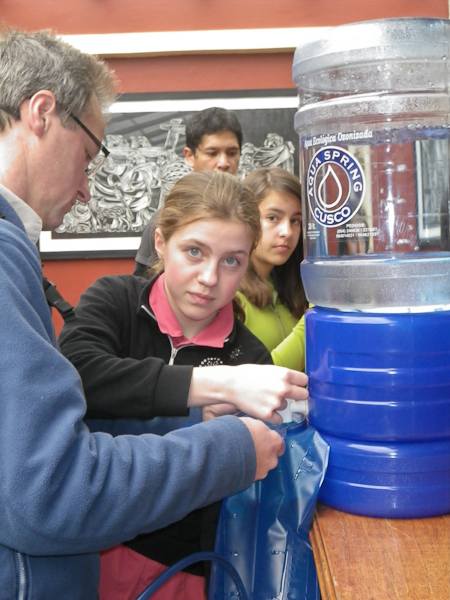
We enjoyed a later start in the morning, at 9 am, making sure to fill up all water bottles and camelbacks.
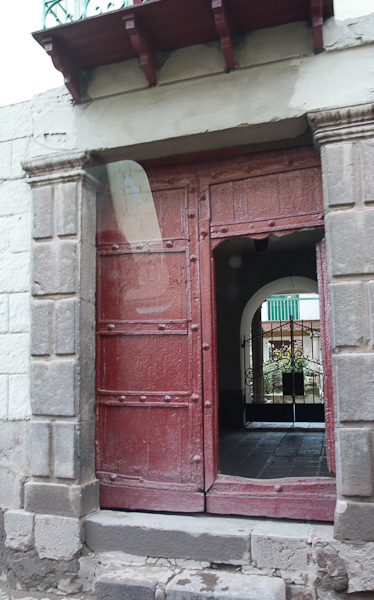
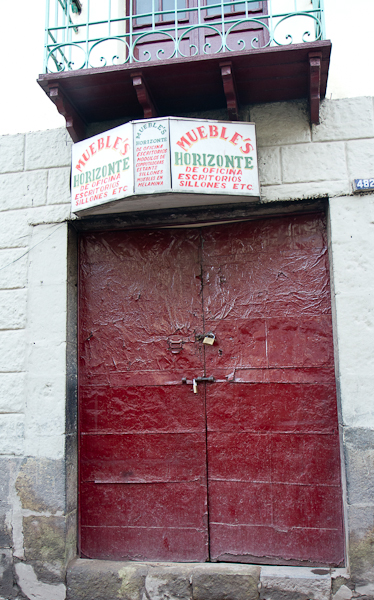
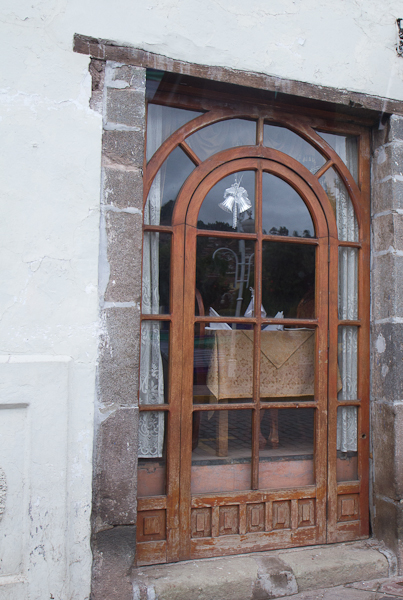
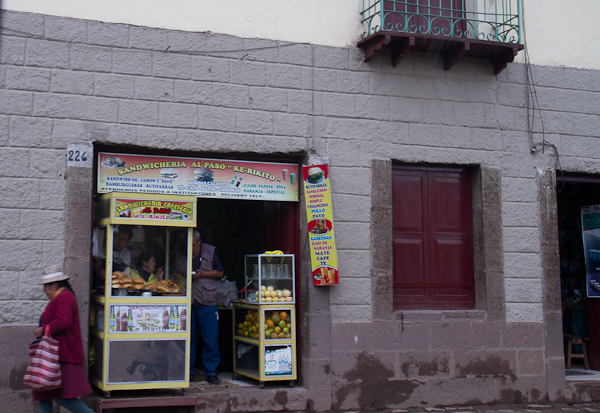
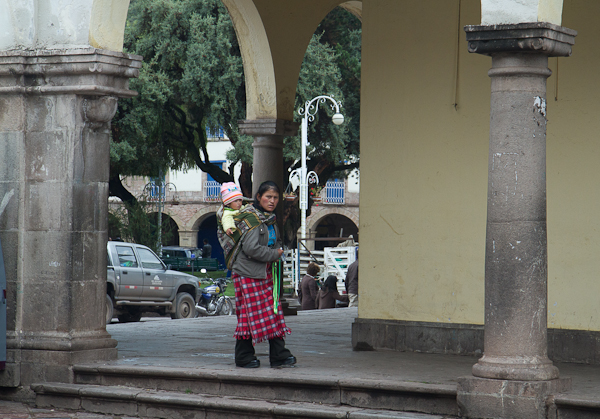
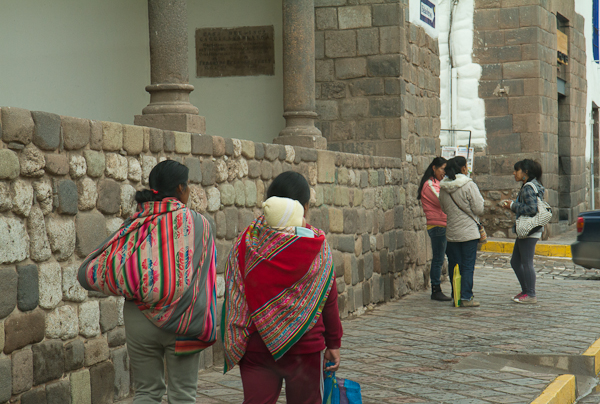
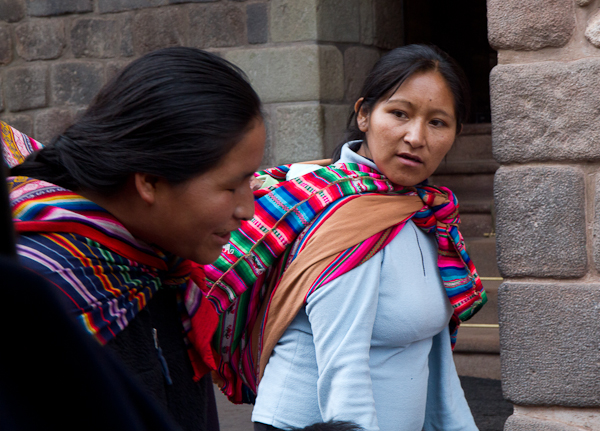
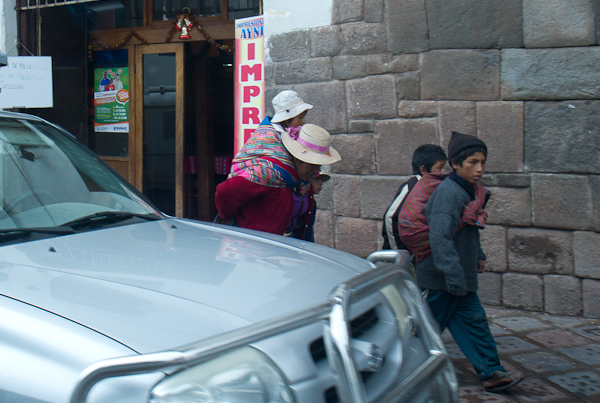
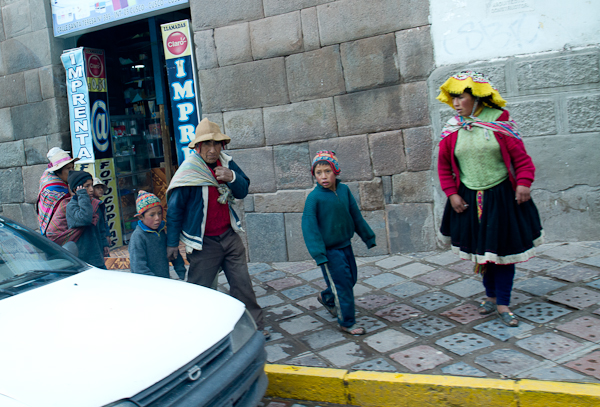
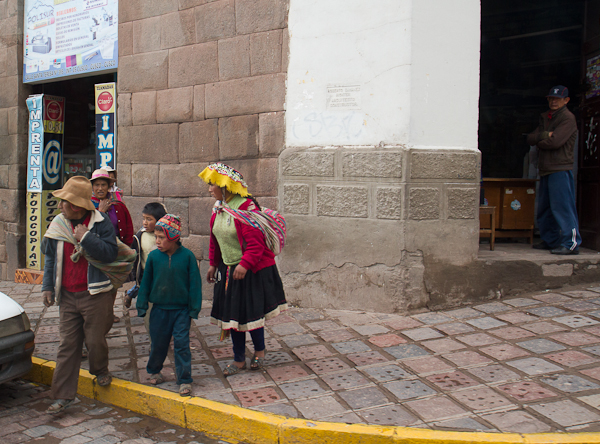
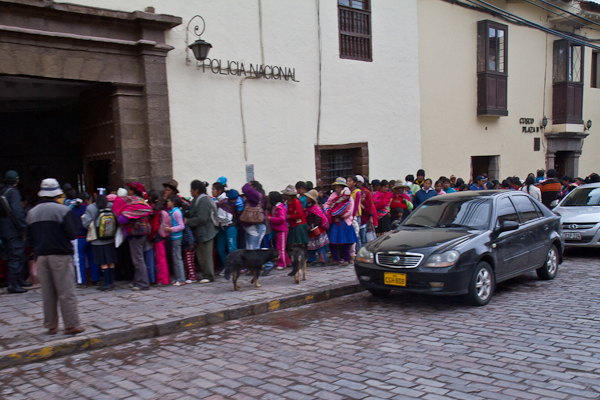
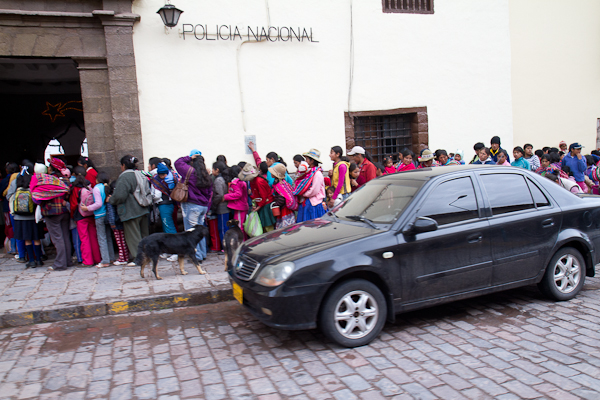
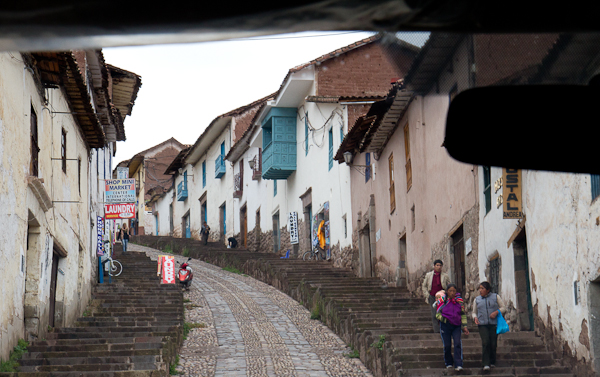
Outskirts of Cusco.
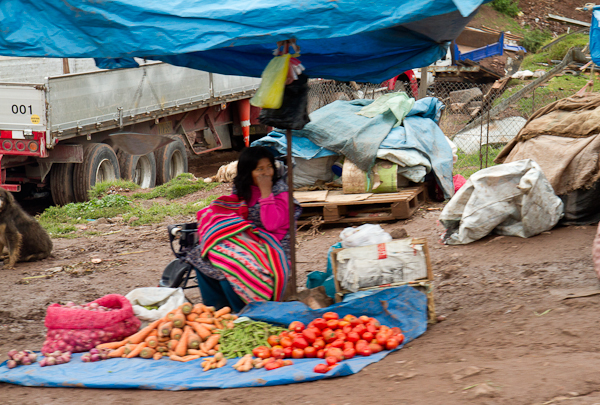
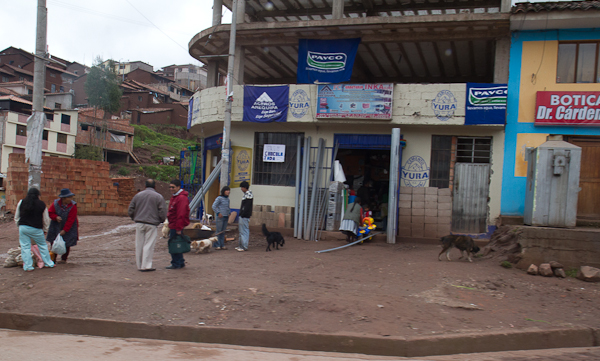
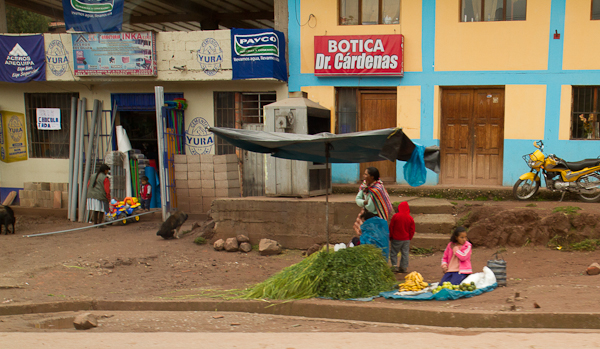
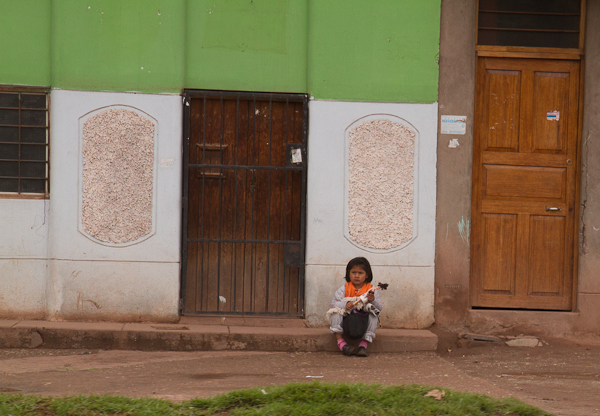
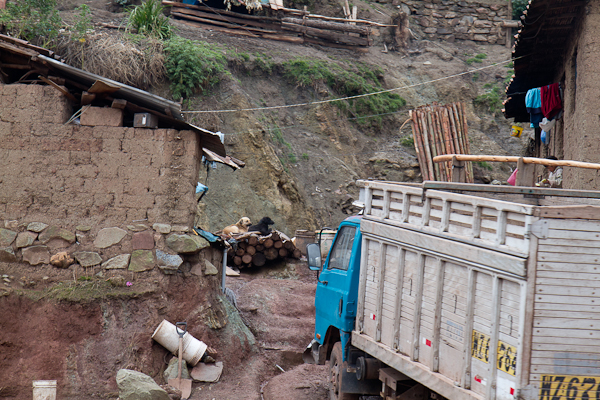
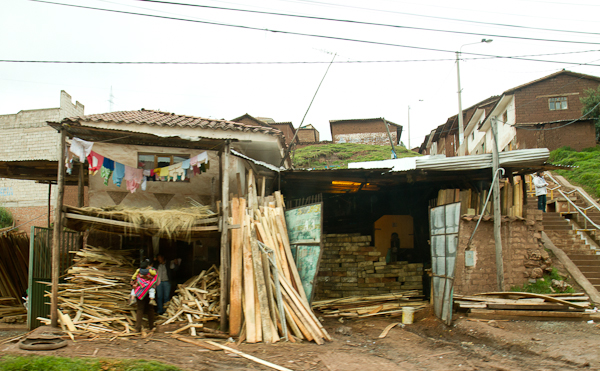
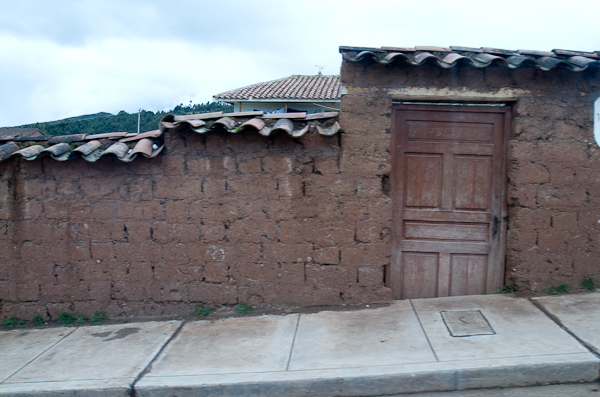
Weaving demonstration in Chinchero
We stopped in the small Andean village of Chinchero (altitude: 3,800 m).
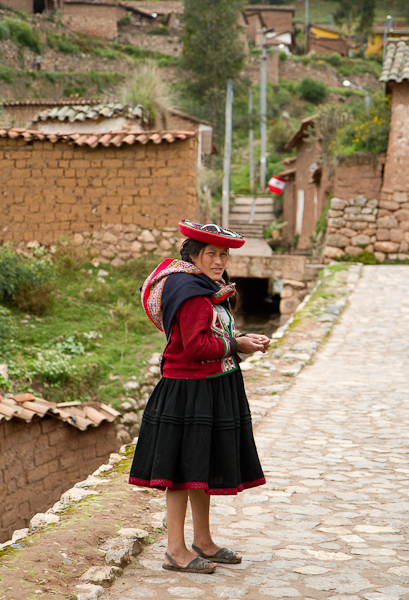
This young lady intercepted and invited us into her home for a weaving demonstration.
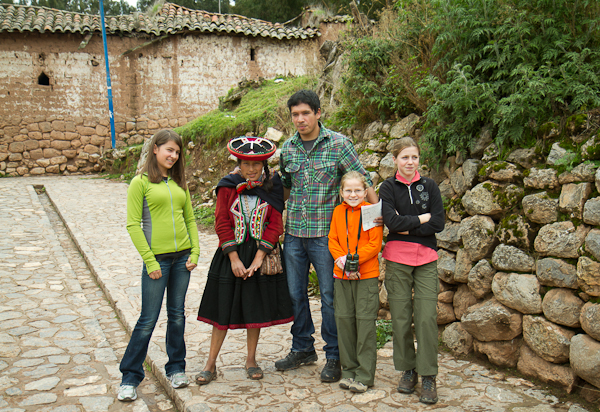
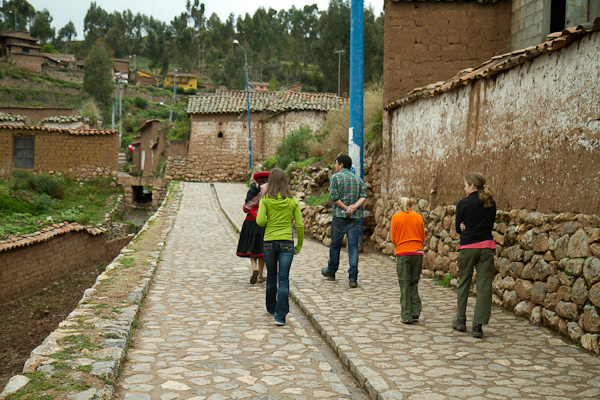
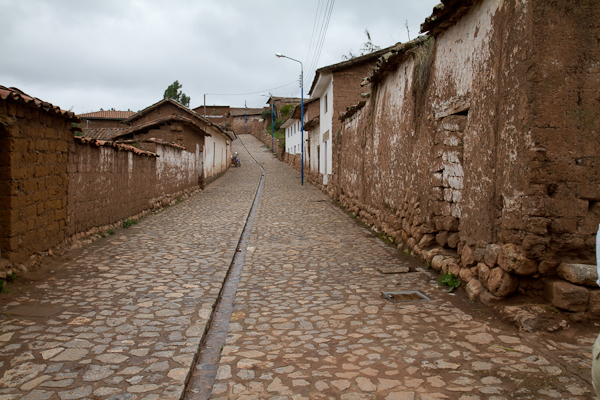
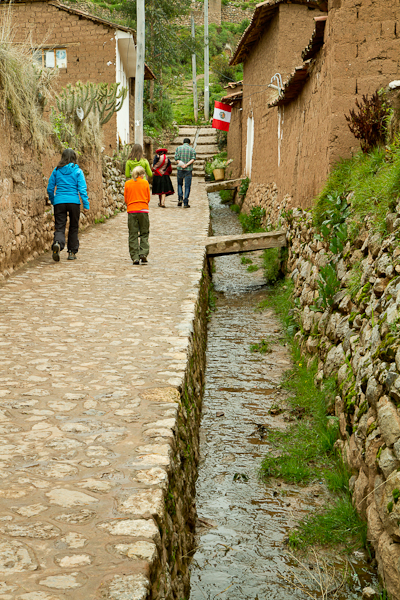
After receiving a cup of coca tea, we learned first hand
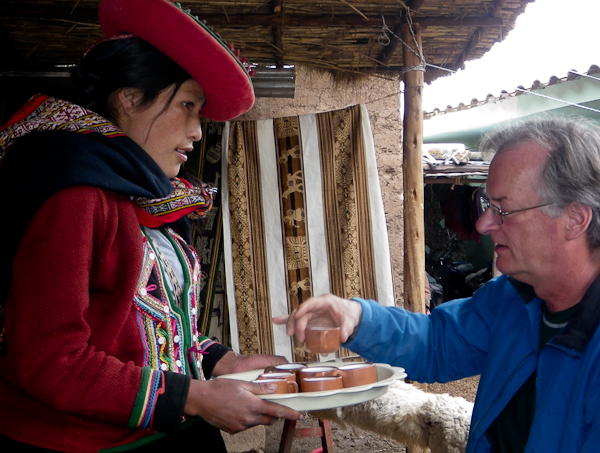
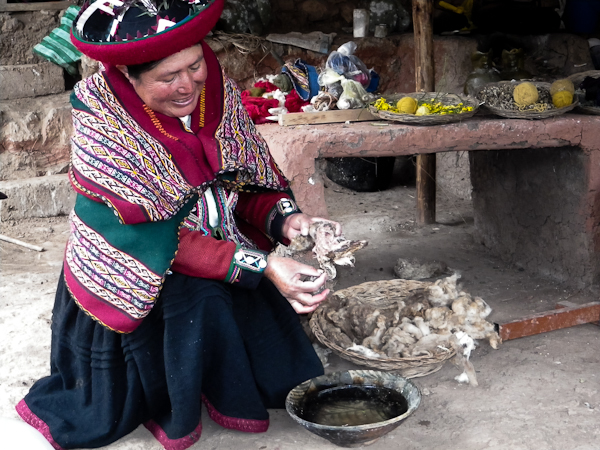
how the locals first clean the alpaca wool...
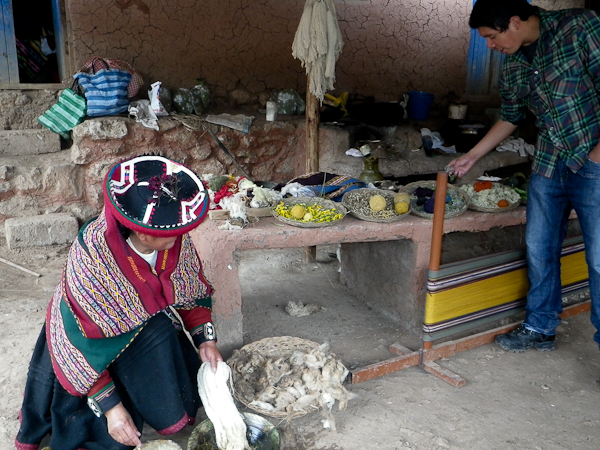
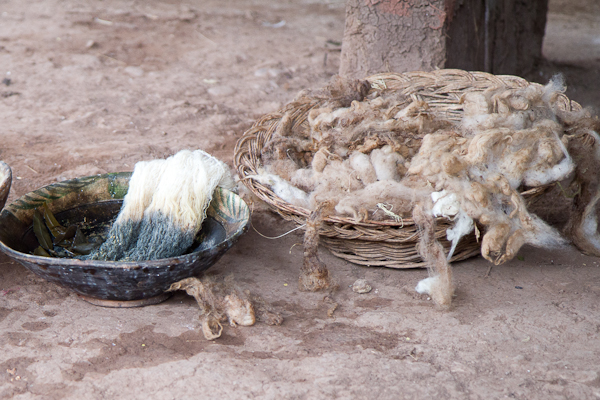
stain it...
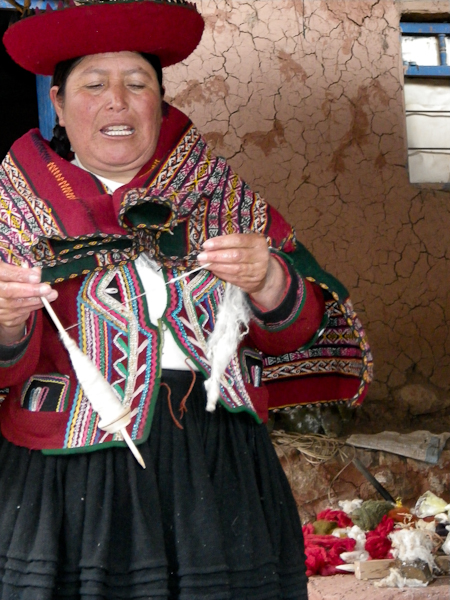
and then weave it into the colorful textiles so common for the Inca cloths.
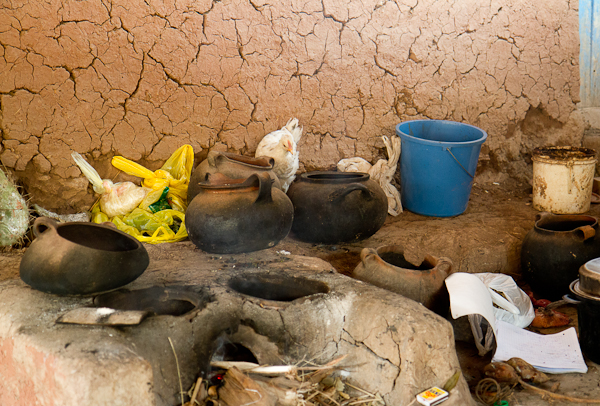
Herbs, plants and roots are the sources for a wide variety of colors.
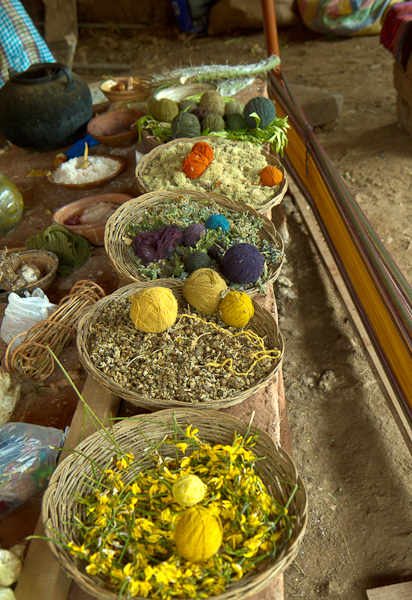
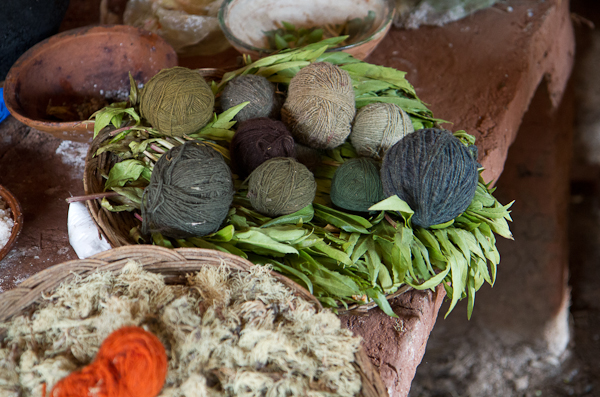
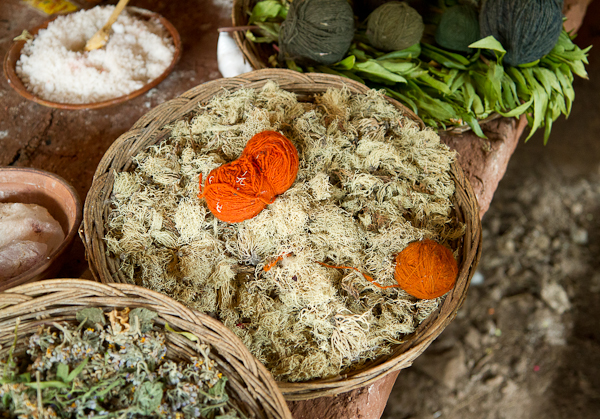
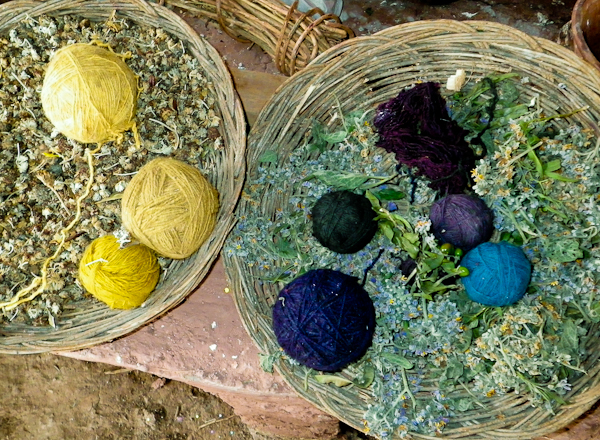
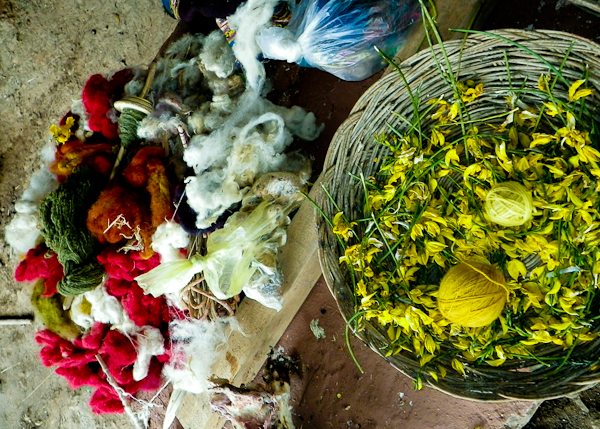
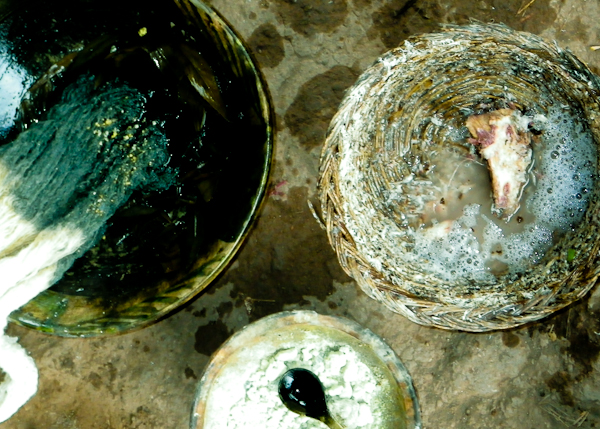
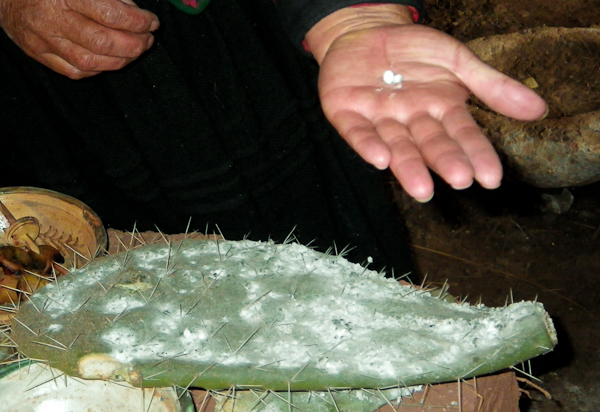
We were most impressed by the production of the red color that is so commonly found in Inca fabrics. It is extracted from parasites which are attached to cacti (above). When squashed, these parasites release a strong red-colored “blood” (below).
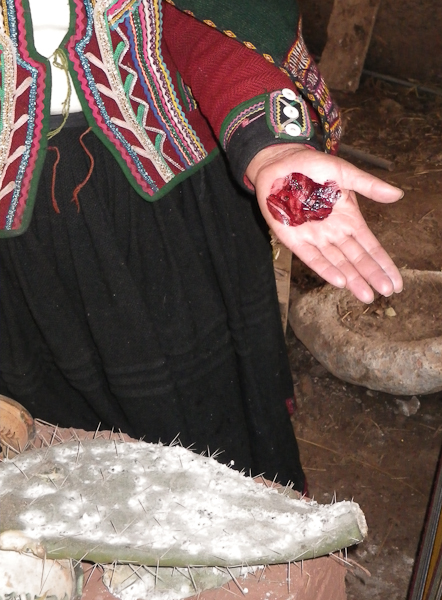
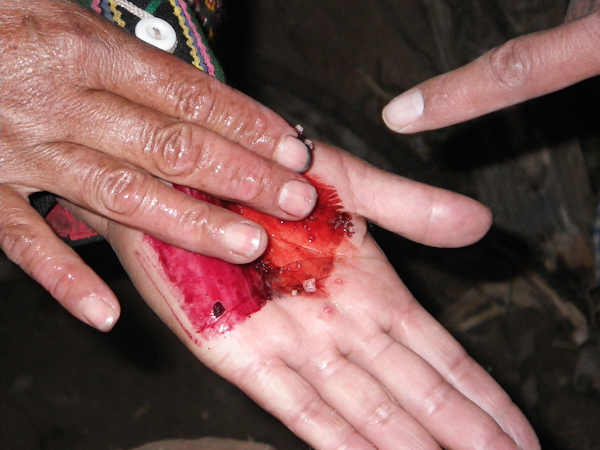
By adding salt or other plant juices such as lime this stain can be modified into 17 different shades of red. Eventually, the stain can also be mixed with other extracted colors, resulting in a total of 28 different stains.
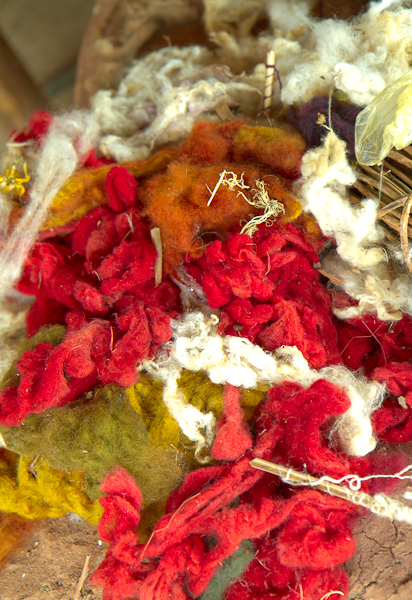
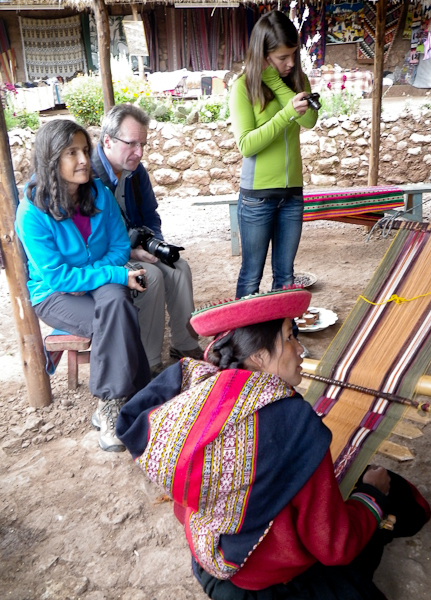
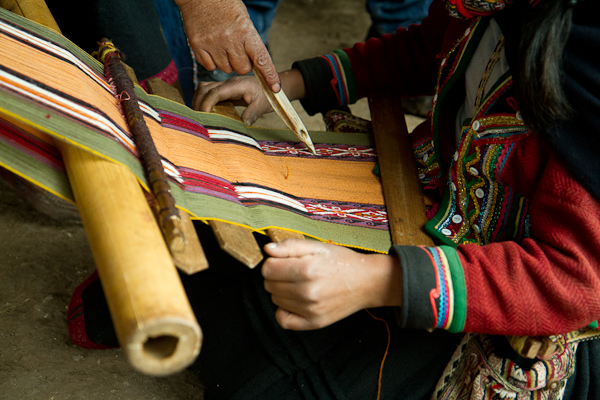
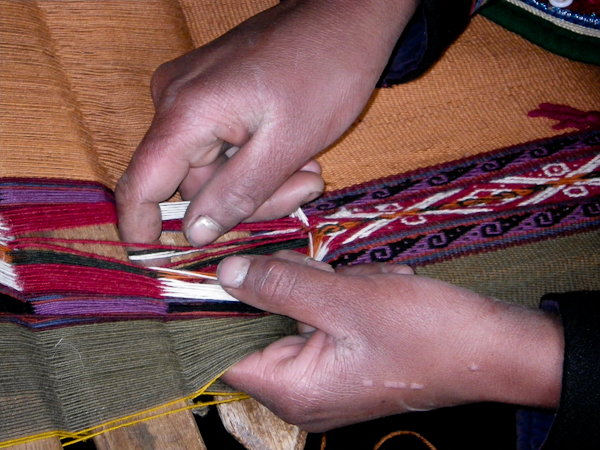
After a lot of bargaining we purchased a tigthly woven table runner and colorful knitted hat/scarf from our hosts.
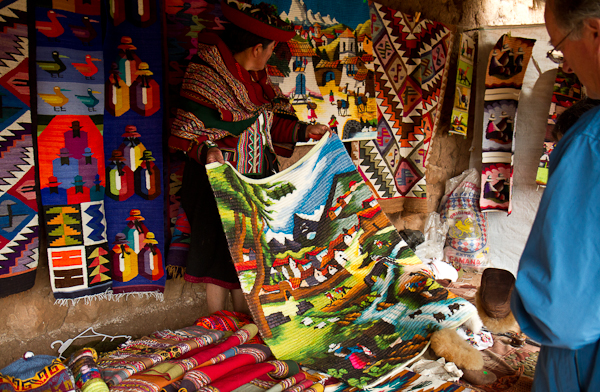
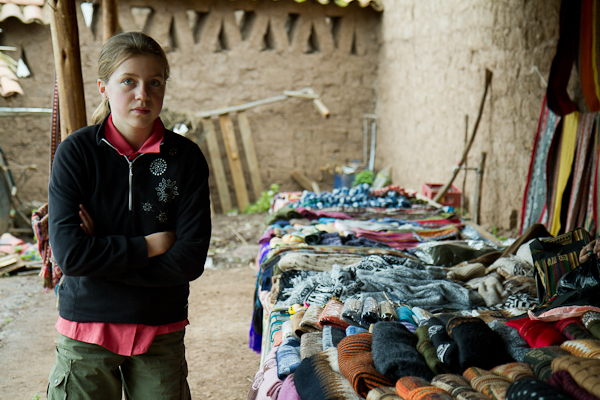
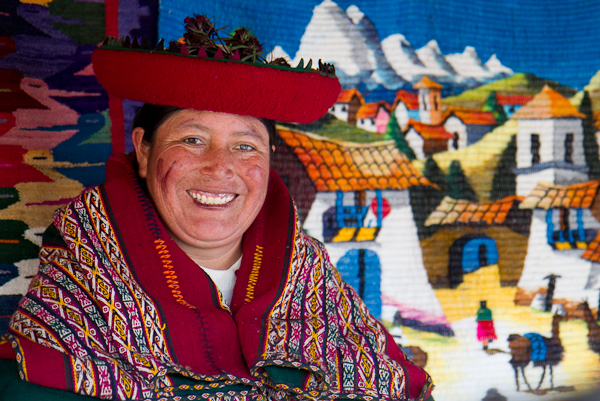
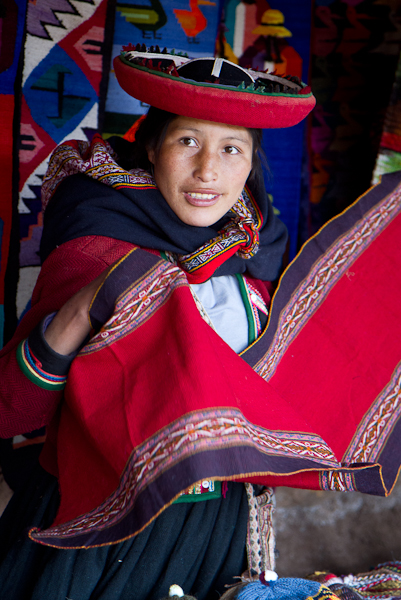
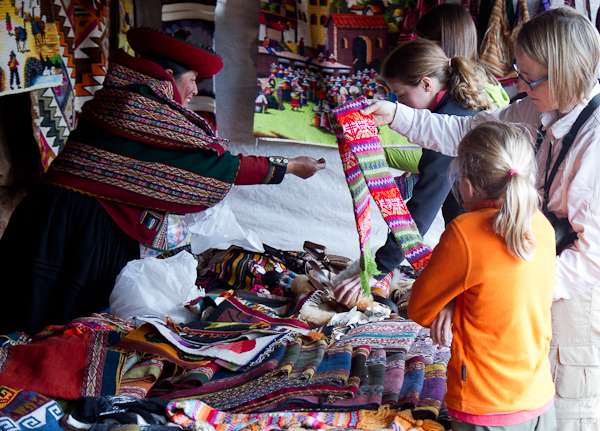
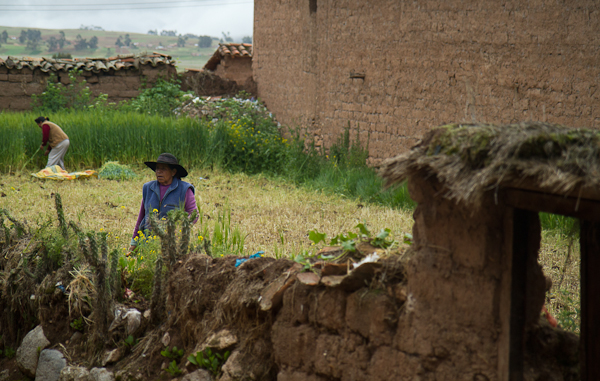
Harvesting guinea pig grass (Many families raise guinea pigs - not necessarily as pets but as a meal).
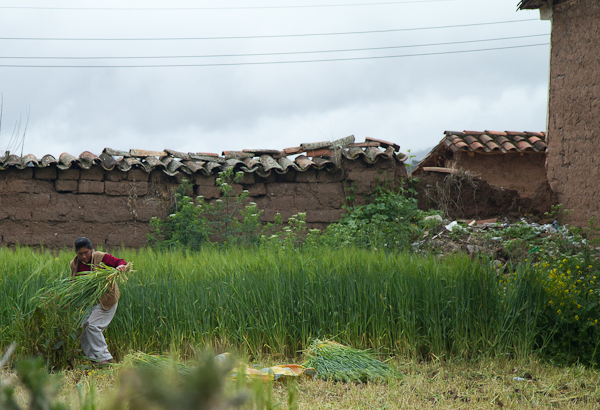
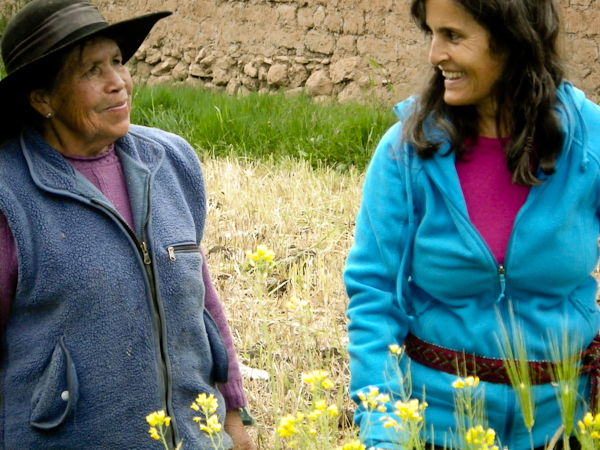
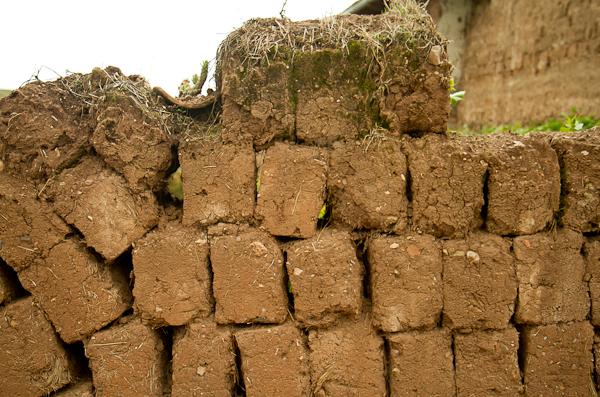
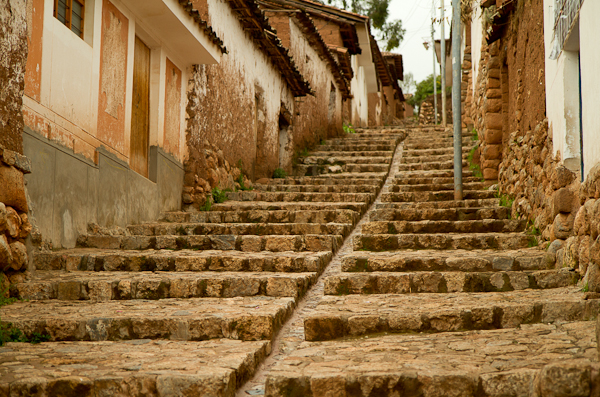
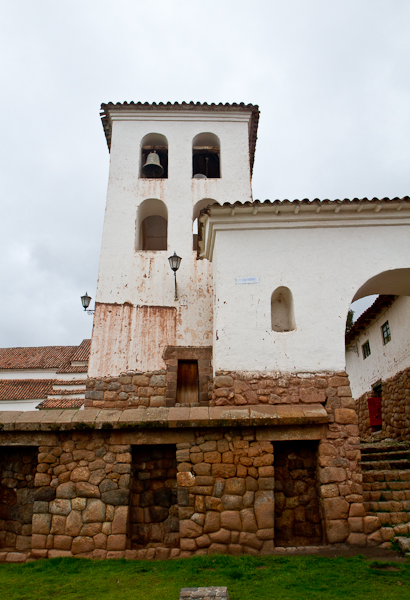
Inca-built wall with huge niches.
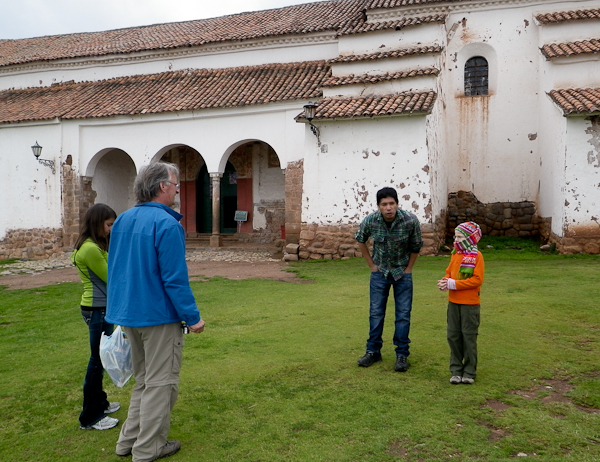
The Spanish tore down the Inca temple to build a church on its foundation. The inside of the church, where photography was not allowed, was decorated with two metric tons of gold ornaments.
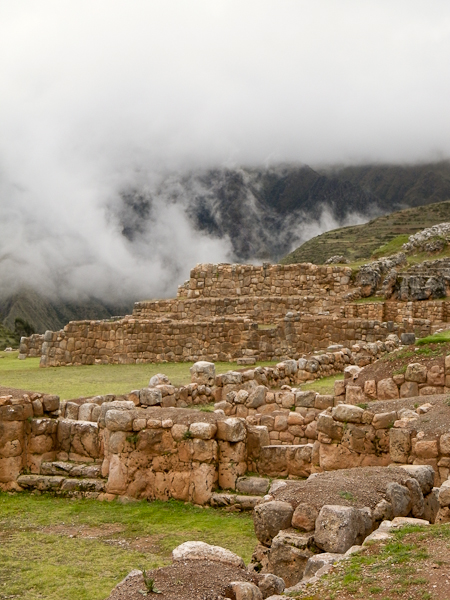
Excavated inca ruins next to the church.
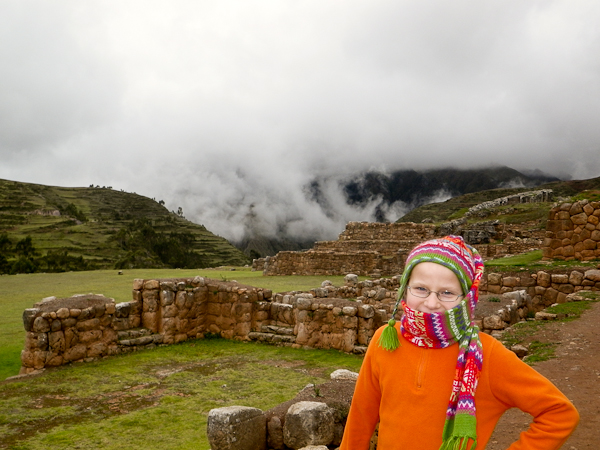
Sophia shows off her brand-new hat-scarf combination.
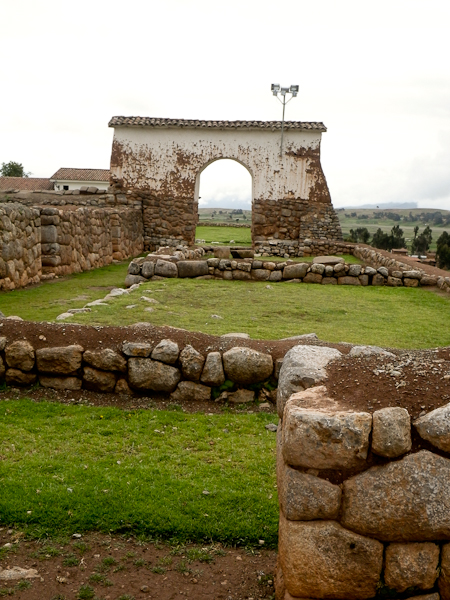
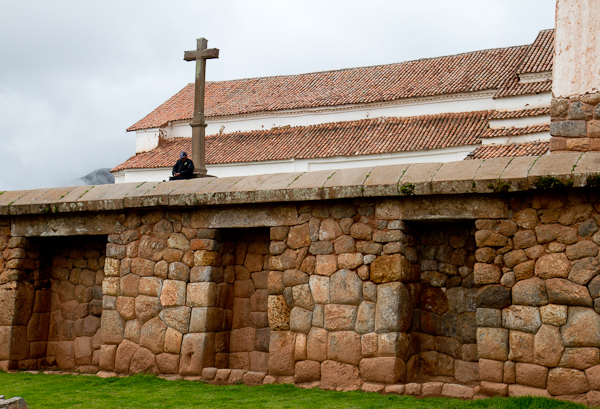
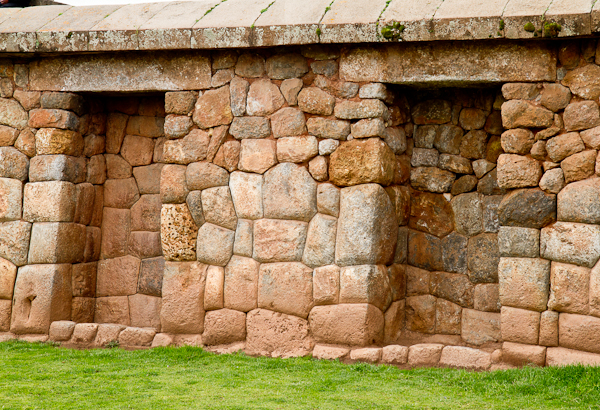
Next, we passed through Maras, a dusty town, featuring Spanish crests above and around many doors.
The Spanish abandoned the town in the 1660ies, today mostly Indians live here. For the first time we noticed red plastic bags tied to large poles and placed in front of homes, indicating a chicheria, a place were fermented corn beer is brewed and served - more about this later!
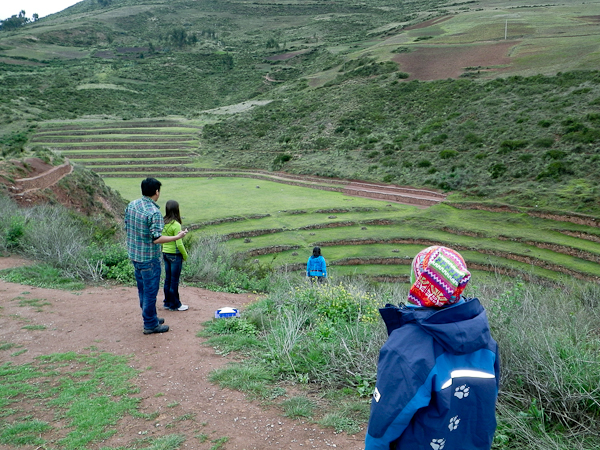
The Depressions or Terraces of Moray
What is the purpose of those perfect terraces up to 150 m deep and built in concentric circles?
Were they used as a theatre or ceremonial center? Most likely not: Researchers have discovered that the different pits have different microclimates.
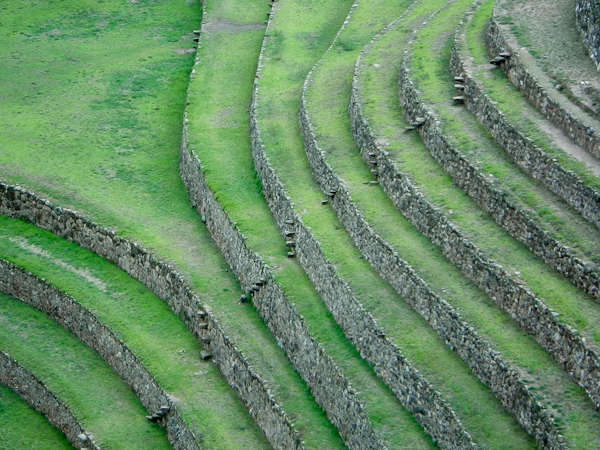
Differences among the terraces in the amount of received sunlight, shade and elevation result in different temperature / micro climate. The discovery of irrigation canals and different seeds on the terraces are additional clues that the depressions of Moray were used to grow (or to experiment with) crops.
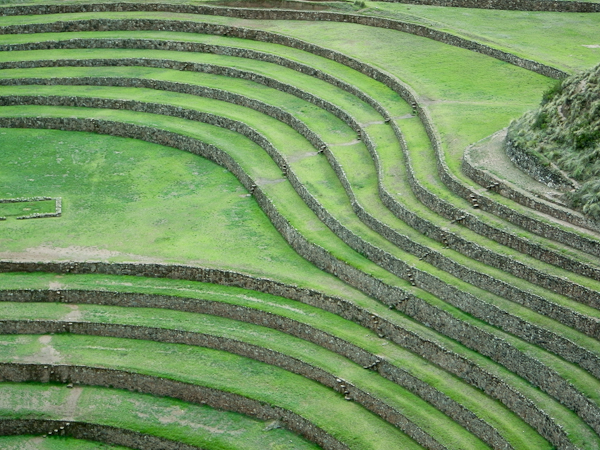
Built by the Incas throughout the Sacred Valley with specific layouts visible from the sky, there are not four (as mentioned in many traveler guides) but 24 deep depressions which, according to Carlos, supports the theory that they weren't just an agricultural test laboratory – but actually worked.
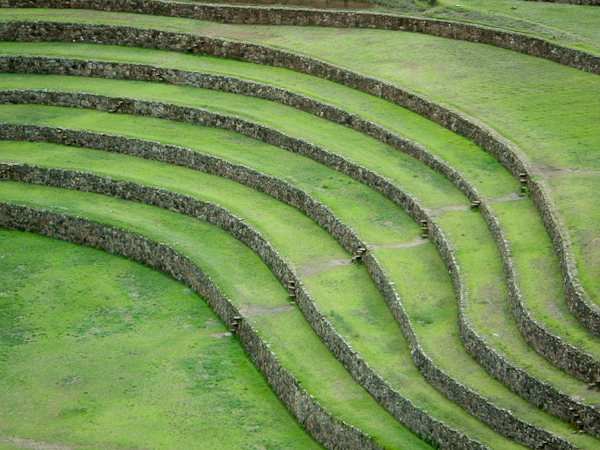
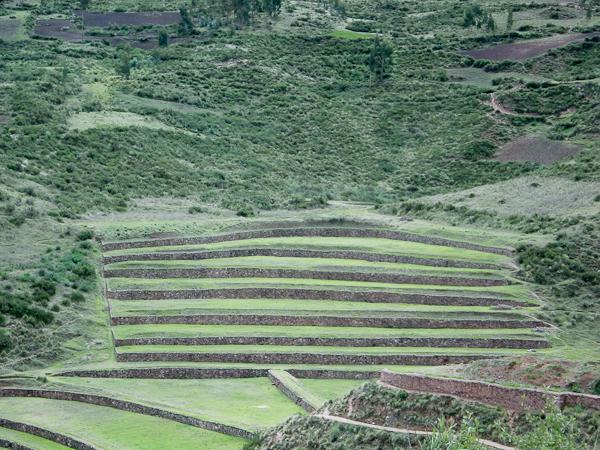
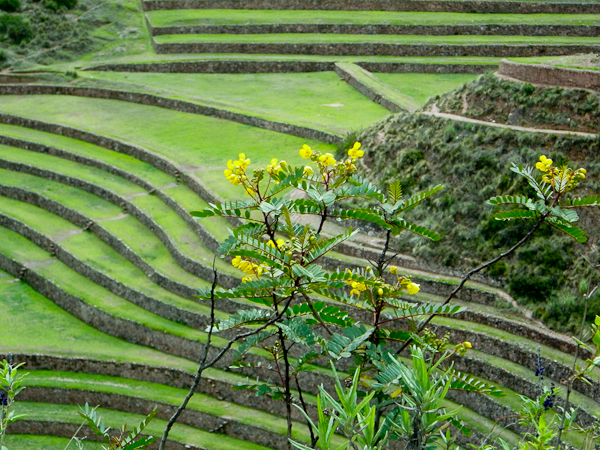
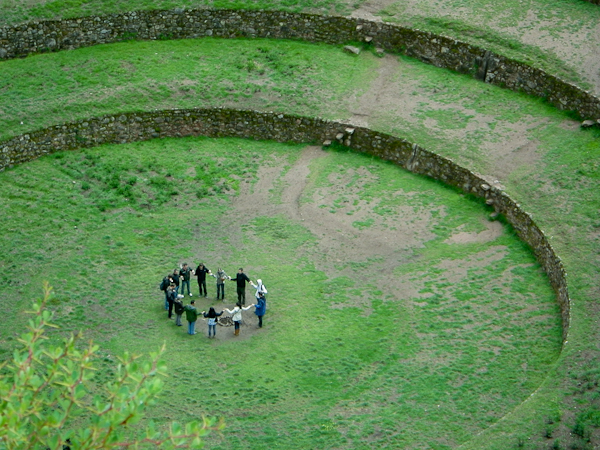
Some groups of visitors, led by shamans, believe in spiritual powers.
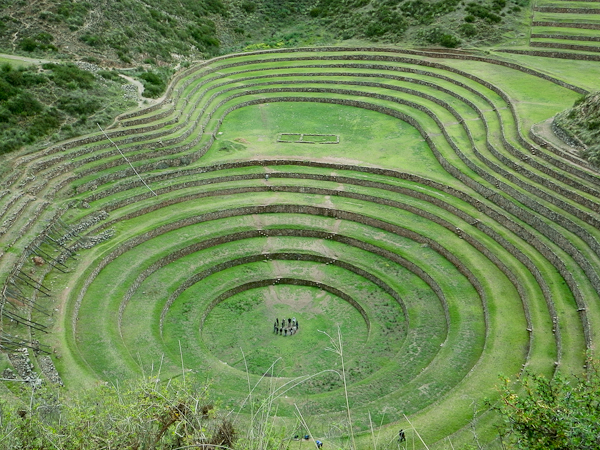
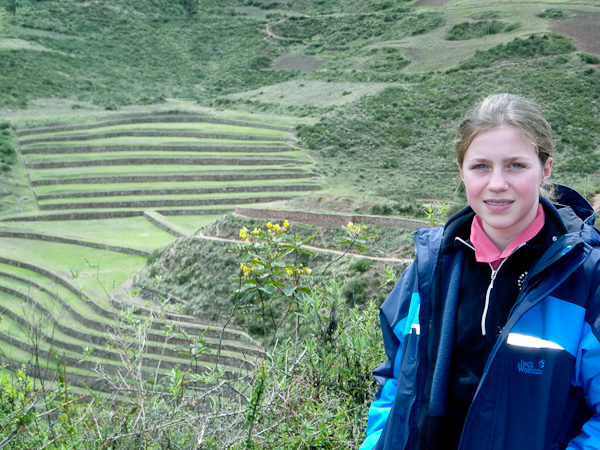
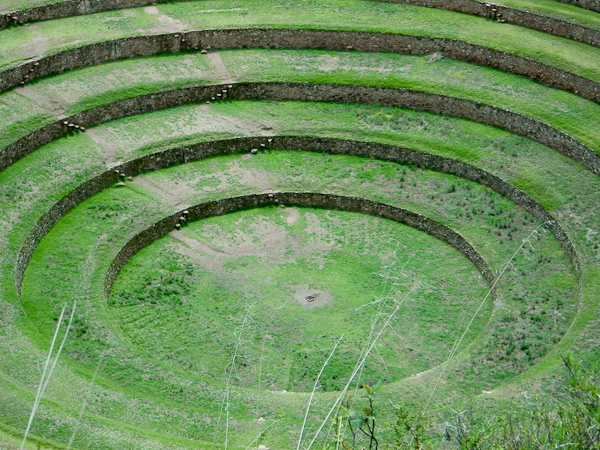
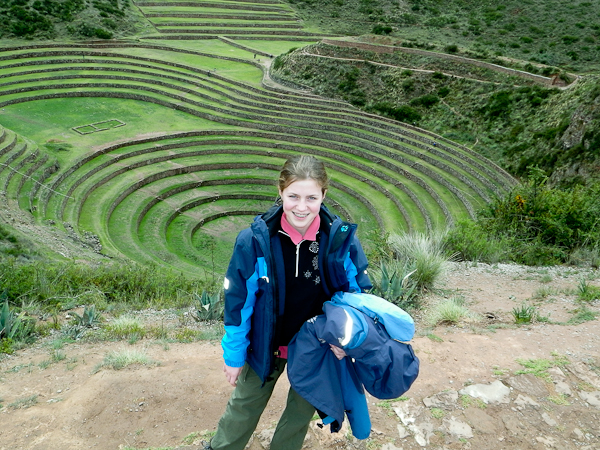
The Salineras
On our way to the majestic Valle Sagrado de Los Incas, we also stopped at the incredible salt pans or salineras, another example of Inca greatness. These unique salt mines have been used since the12th century.
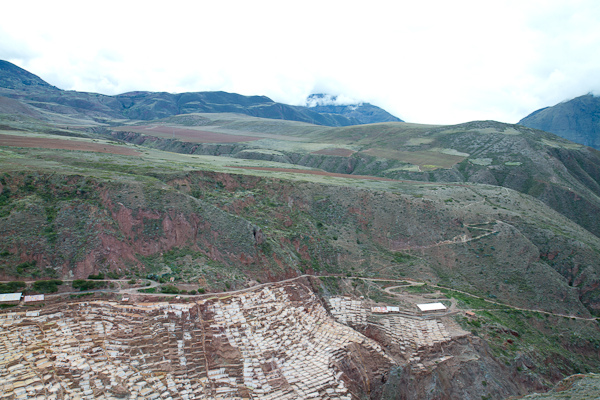
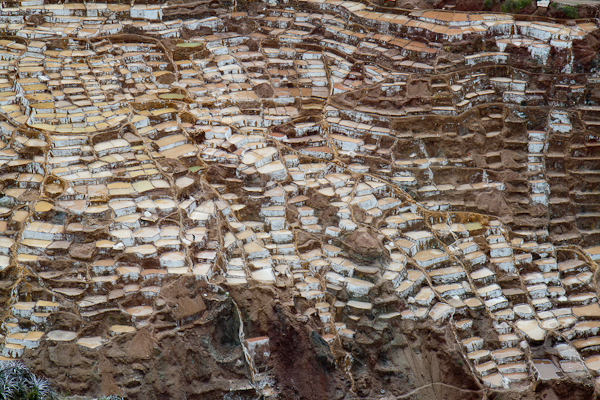
A hot spring at the top of the valley discharges a small stream of heavily salt-laden water that the Incas diverted into shallow pools to produce salt.
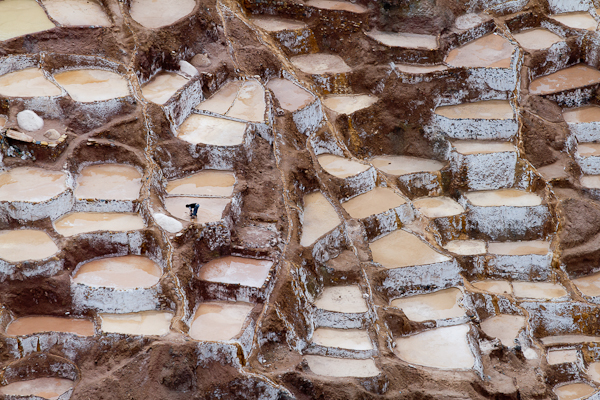
The sunlight evaporates the water and leaves a thin crust of salt behind.
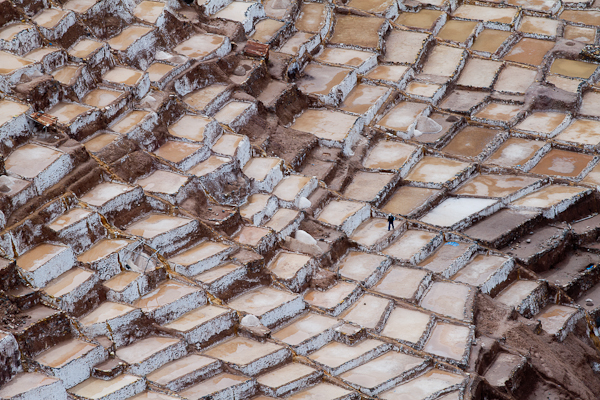
Today, there are close to 6000 pools, each producing about 150 kg of unrefined salt per month. Local community members still operate the salt pans, the salt is used for cows licks.
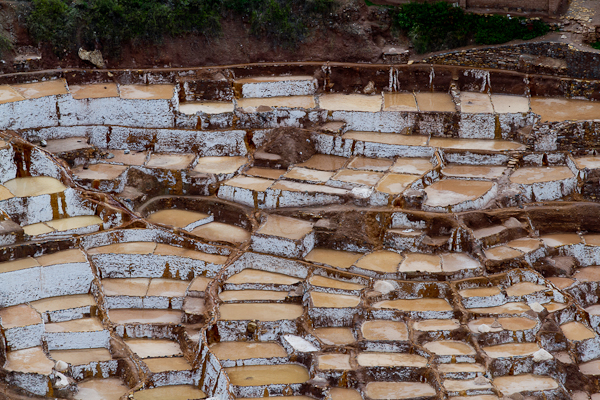
Lunch was served in Alambra, near Urubamba, at a fancy restaurant serving traditional cuisine buffett style. Urubamba lies in the center of the Sacred Valley. The Amazon river starts here, feeding off glaciers from the surrounding mountains.
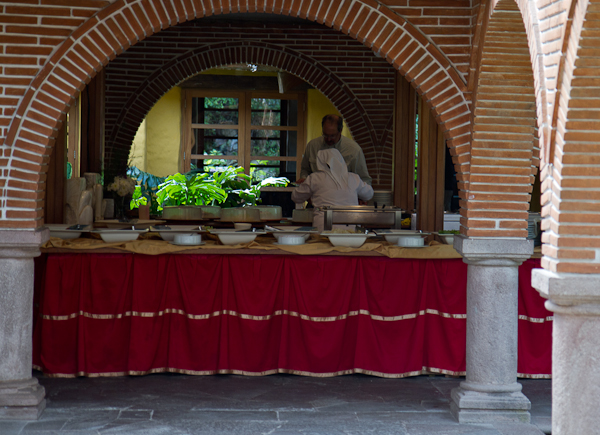
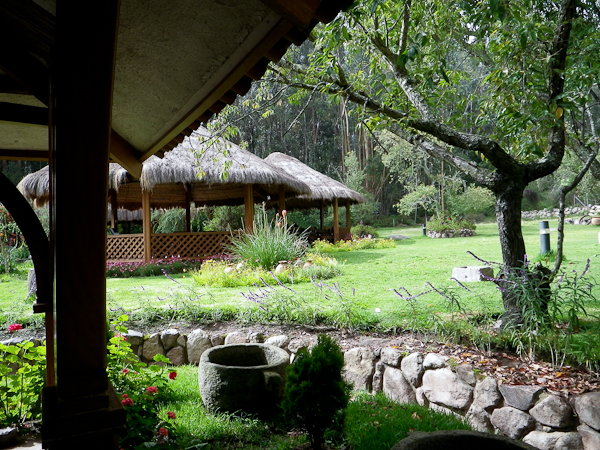
We ate under a large Gazebo which was surrounded by Llamas, Alpacas as well as a tree with several perching Macaws.
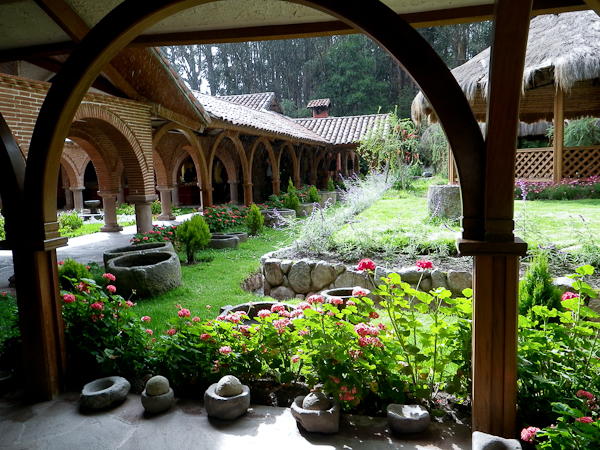
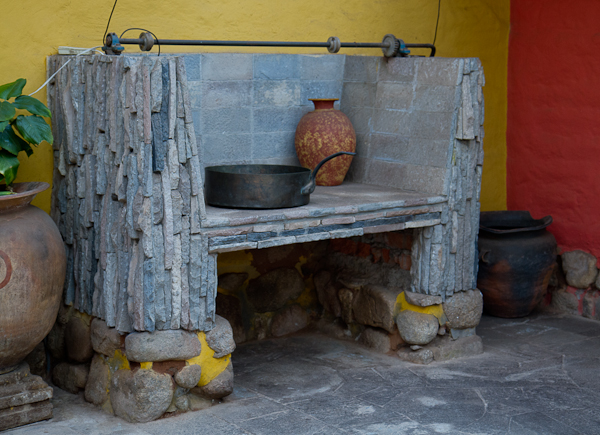
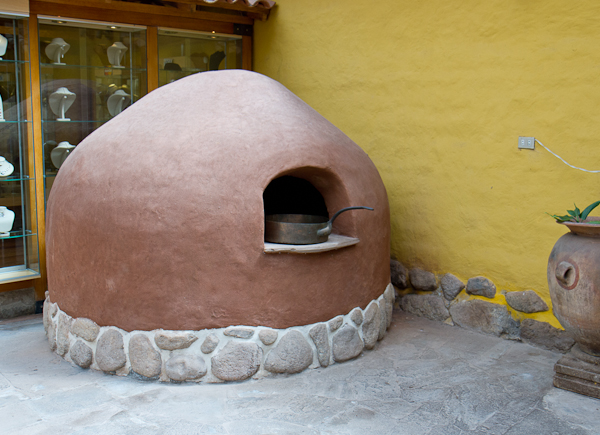
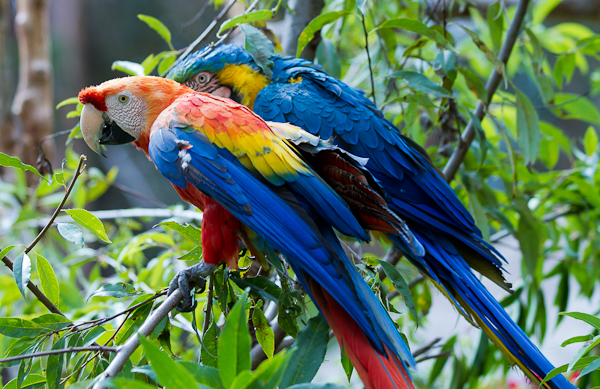
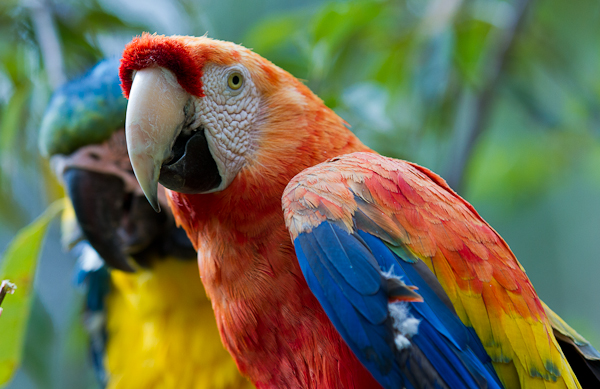
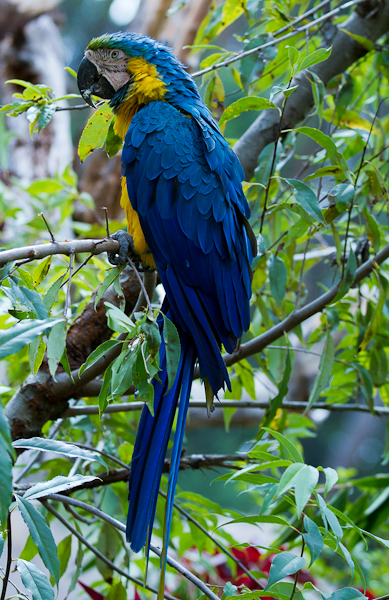
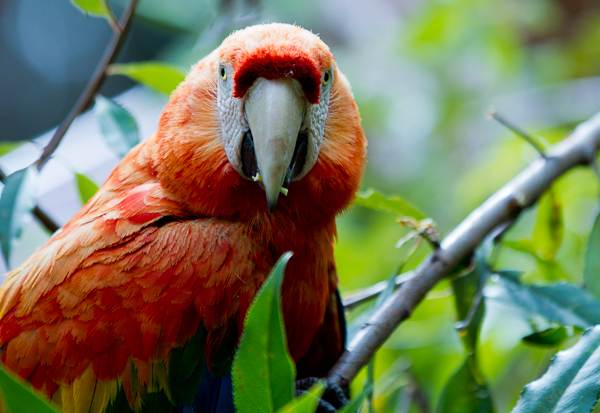
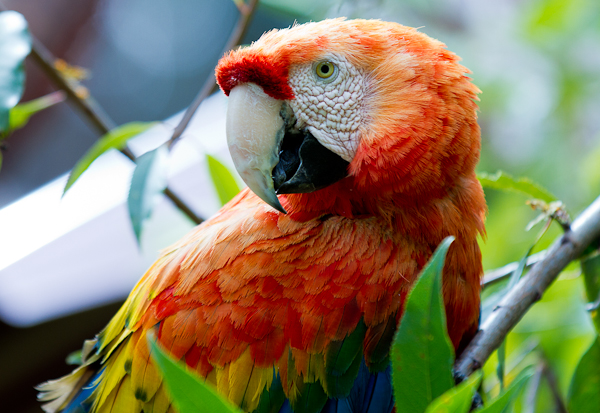
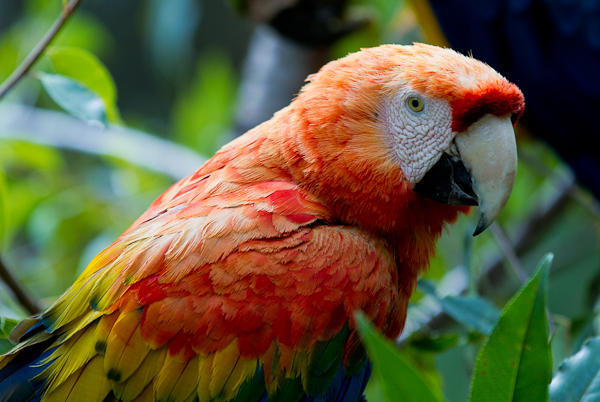
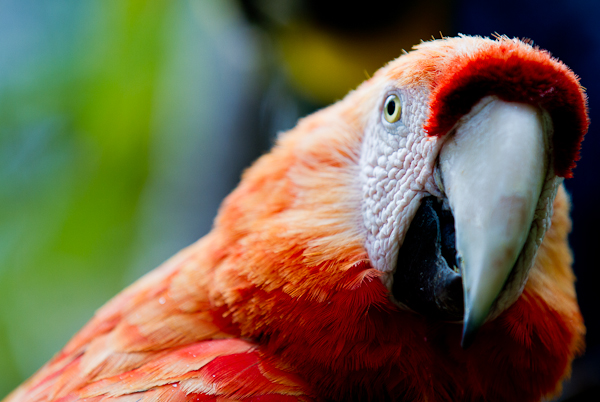
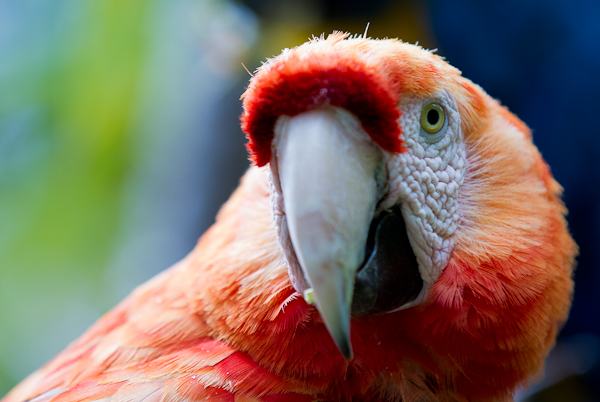
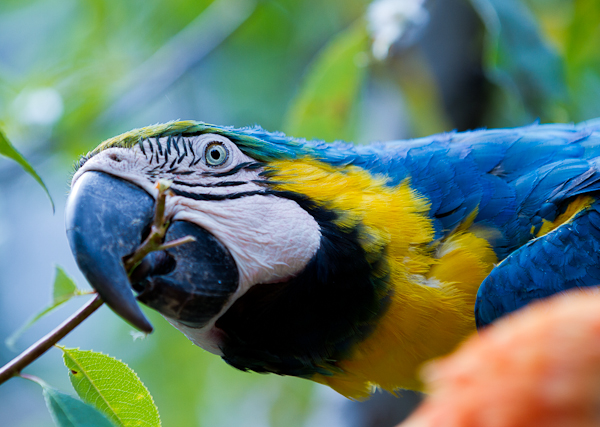
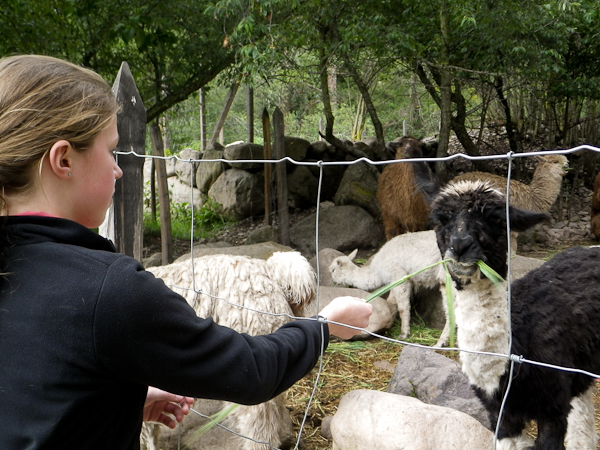
Finally - Llamas and alpacas!
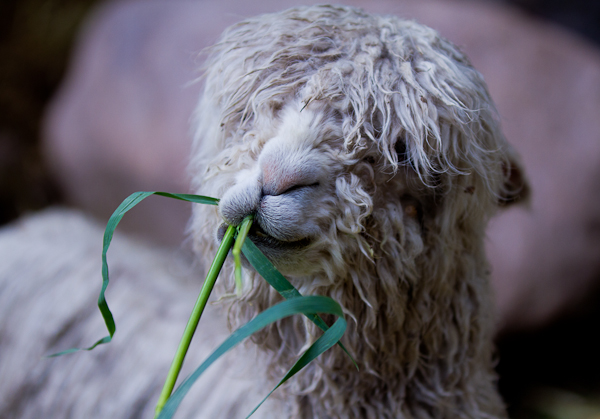
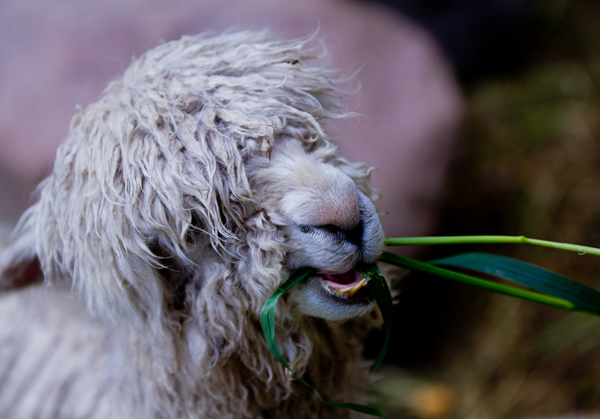
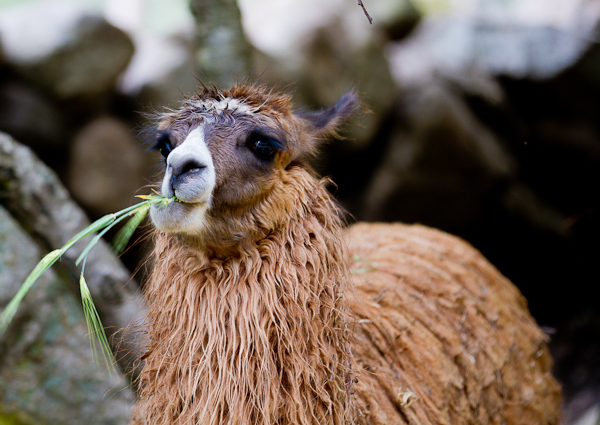
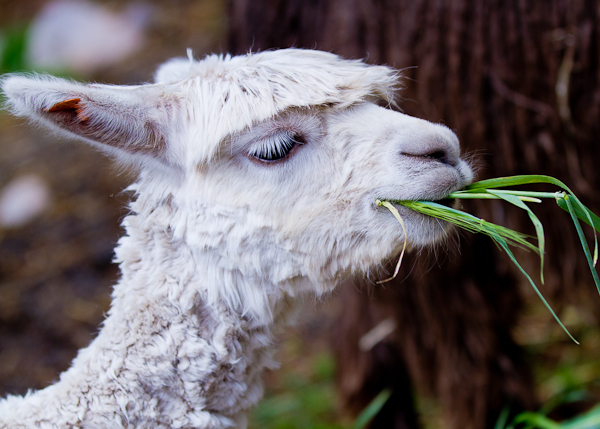
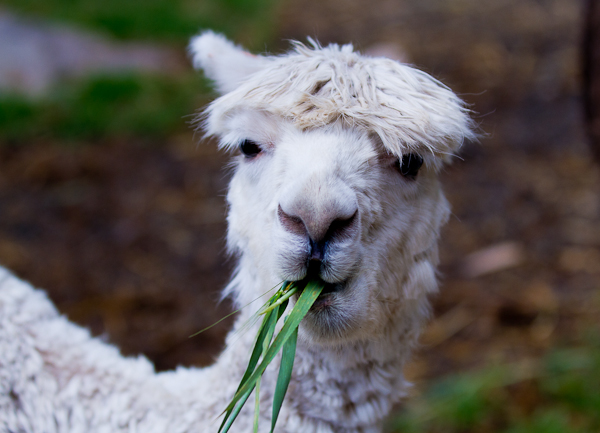
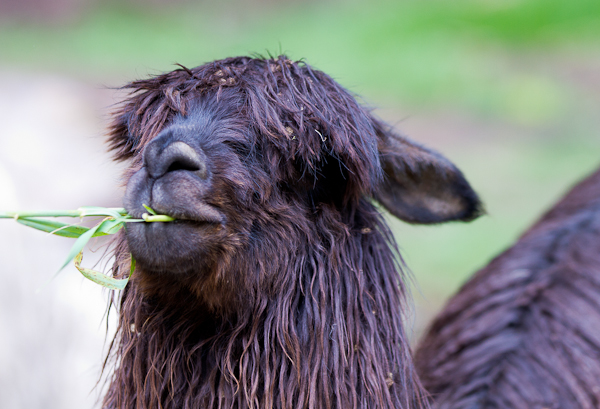
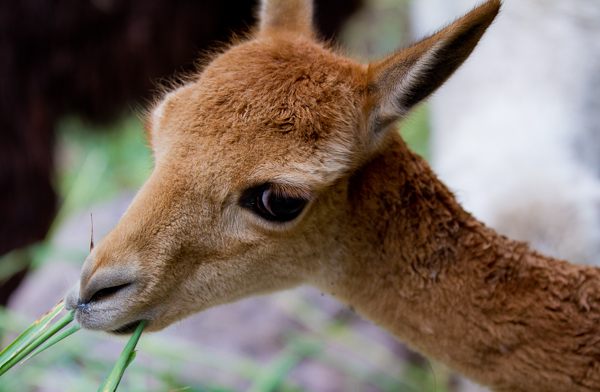
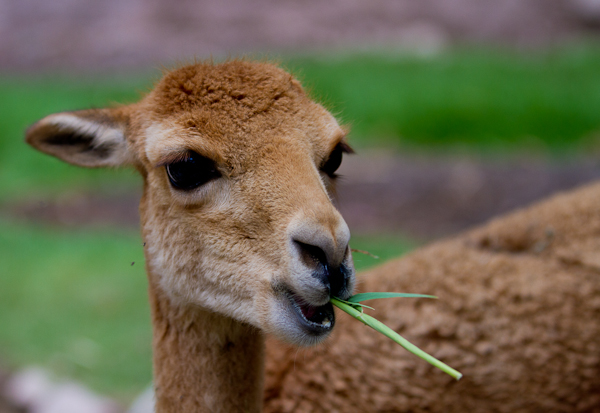
A beautiful flower garden connected the different elements of this large estate.
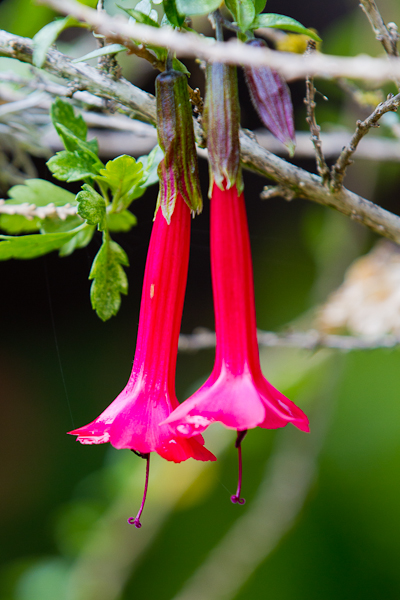
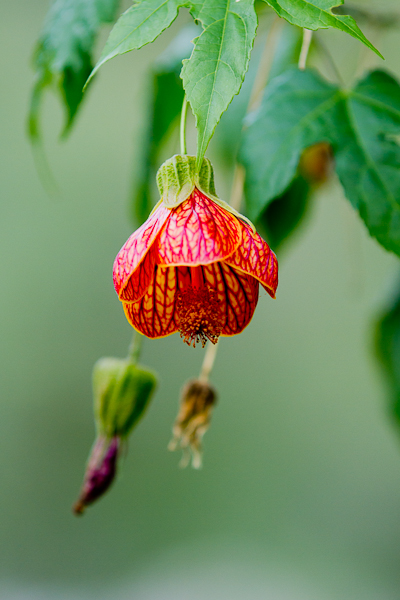
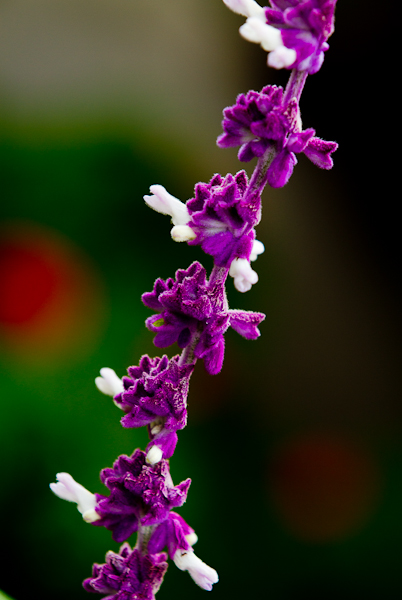
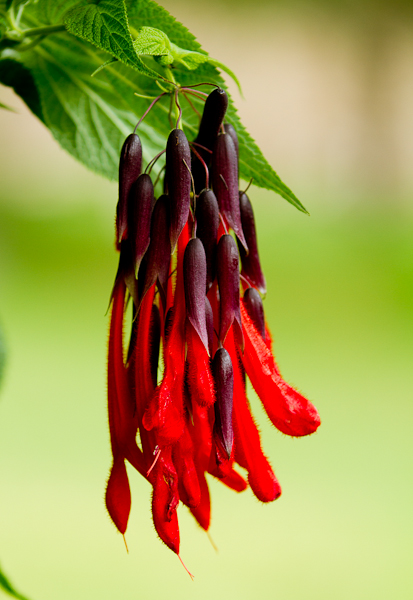
Ollantaytambo
In the afternoon, we arrived in Ollantaytambo,"The Gate to the Jungle", one of the best preserved Inca villages in Peru. Inhabitated since the 13th century, it was one of the many cities and fortresses the Inca built while expanding their empire to the North and South from Cusco.
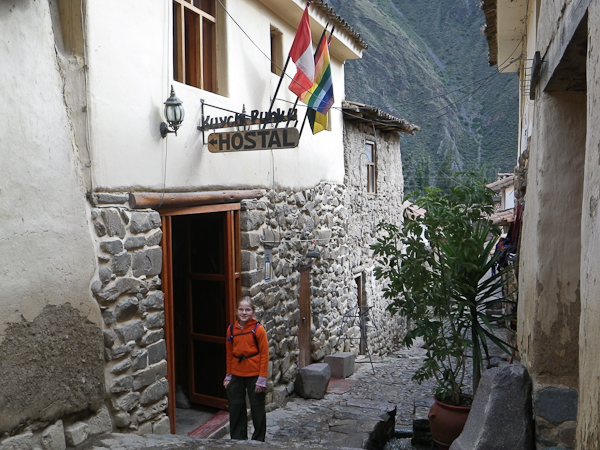
The tiny hotel was so small that we had to walk into an alley to get to the entrance.
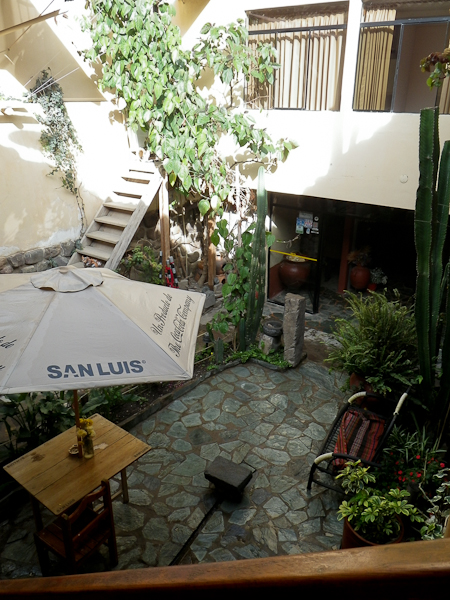
While Gisela, Alexandra and Sophia explored the market and Inca temple, Heiko took a nap to recover from the altitude sickness. Since he had not much improved, we got an oxygen tank and Sorojchi pills for him.
(Sorojchi High Altitude Pill: a Bolivian-made, over-the-counter remedy, containing 325 mg of aspirin, 160 mg of acetaminosalol (Salophen) and 15 mg of caffeine; to take every eight hours in combination with 400 mg of ibuprofen)
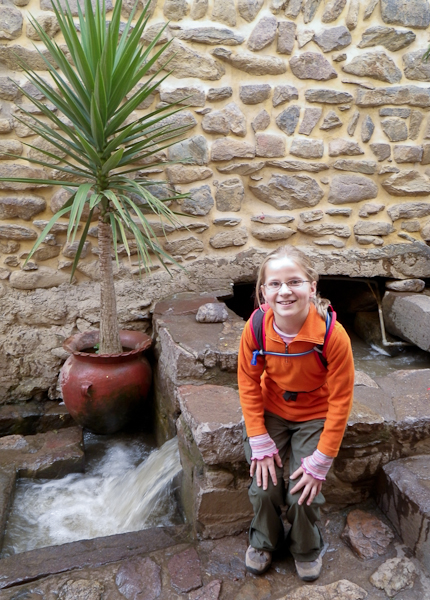
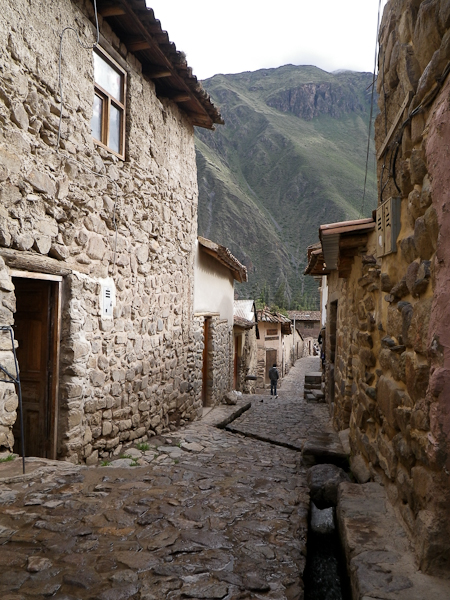
Narrow alleys, street water canals and cobblestone streets are typical for Inca villages.
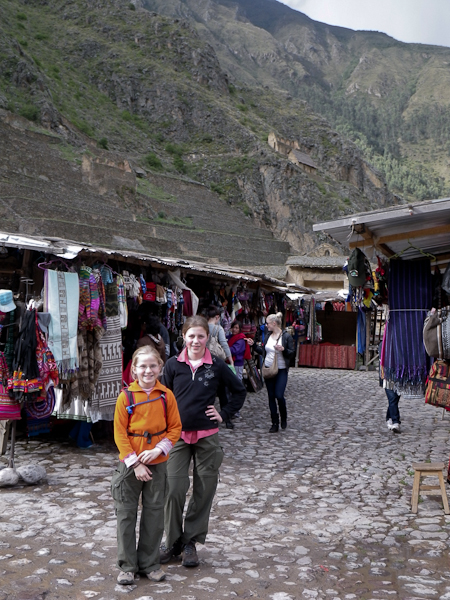
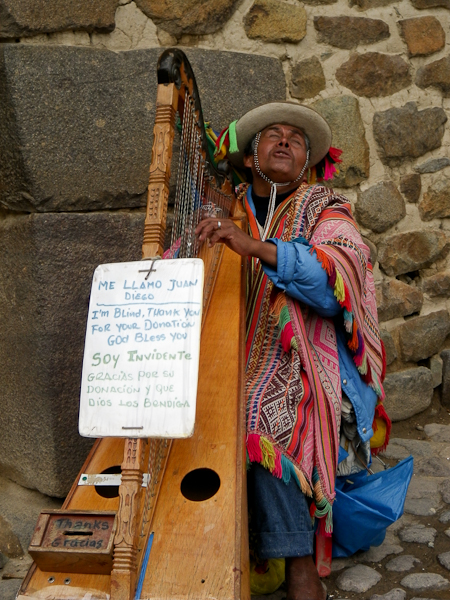
Ollantaytambo is famous for the 1537 battle in which the Inca under Manco Inca defeated the Spaniards. Manco Inca retreated to this fortress after his defeat at Sacsayhuaman. When Pizarro arrived with about 100 men in Ollantaytambo, they were not able to climb the steep terraces and his cavalry and foot soldiers were attacked with arrows, rocks and bolders shot from above. Manco Inca sealed his victory by flooding the valley with water stored in prepared channels. But eventually, Pizarro returned, forcing Manco Inca to retreat further into the jungle to Vilcabamba, and destroyed most of the Inca structures in Ollantaytambo.
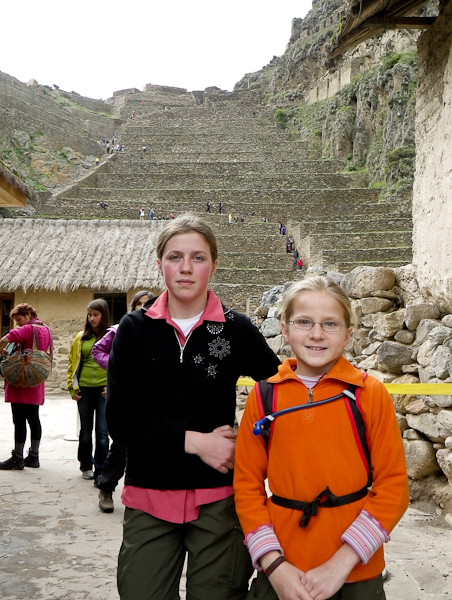
About twohundred steps lead up terraces to the Temple of the Sun which is considered one of the masterpieces of Inca stonework and was never completely finished before it was destroyed by the Spaniards.
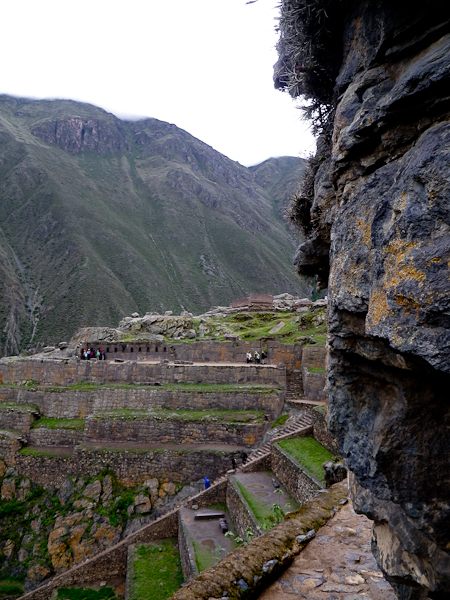
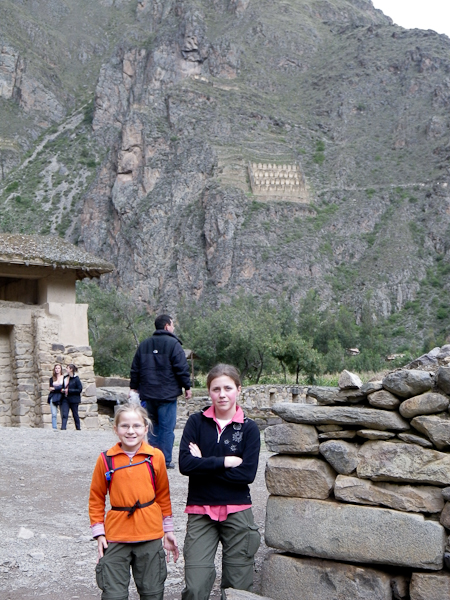
What do you see in this mountain relief? Can you see the bearded old man carrying a backpack symbolizing the Inca’s knowledge over his shoulder?
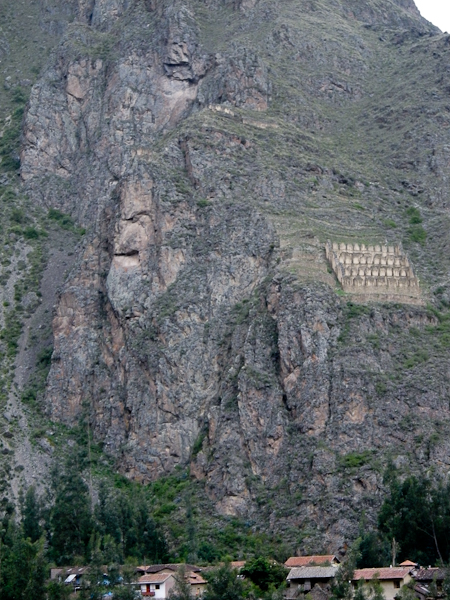
The sack, by the way, is comprised by storage chambers providing food grown in the valley to the people living in the Inca cities on top of the mountains. According to our guide, potatos were stored there for hundreds of years.
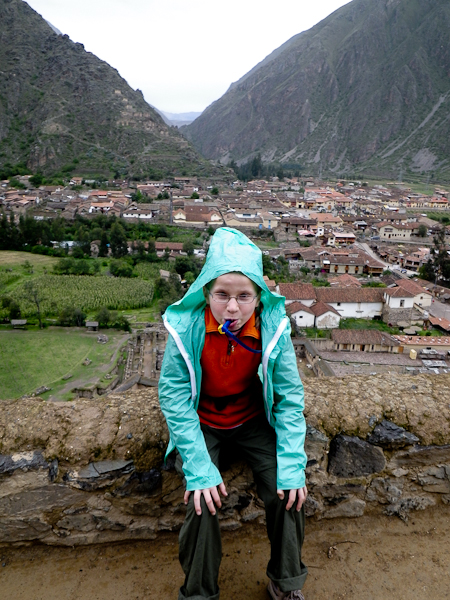
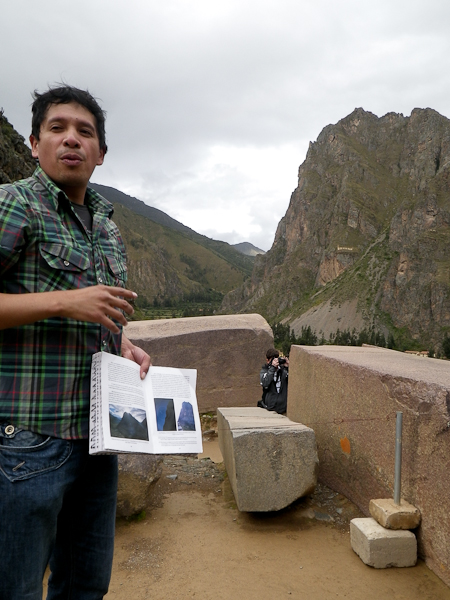
Truly amazing: View across the valley to the Cachicata quarry. The Inca dragged boulders weighting up to 52 tons down the mountain, across the Rio Urubamba and the valley floor and the up a steep ramp — over a distance of 6-7 km. They even channeled the water around them!
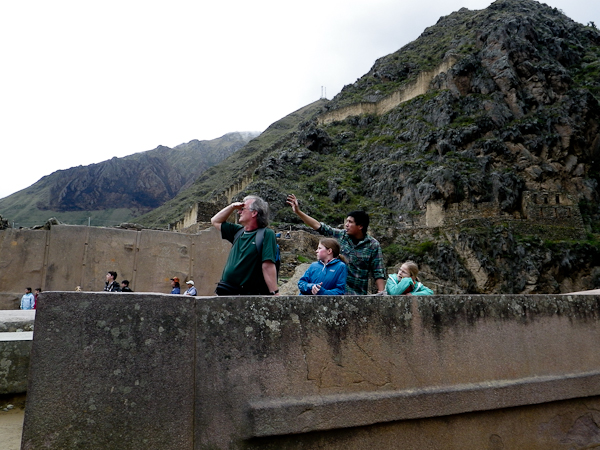
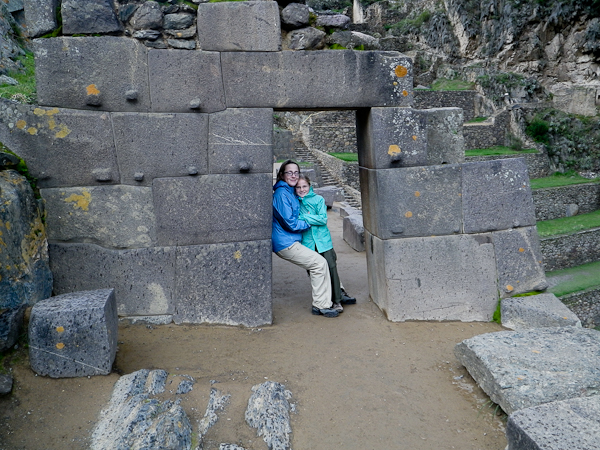
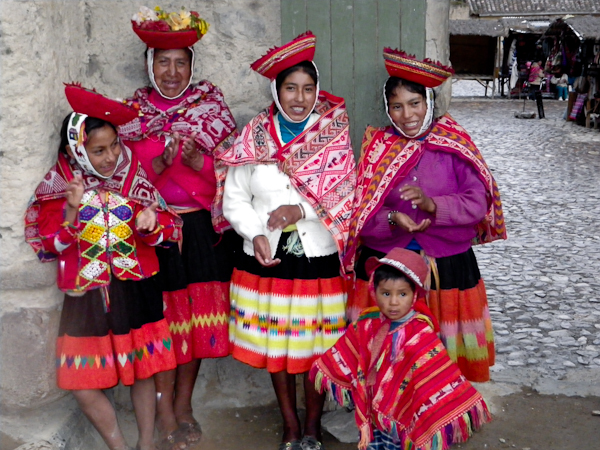
This group of young ladies performed a traditional song for us.
(The dresses and hats of different tribes vary in color and pattern, as we could later observe in Puno and on Amantani Island).
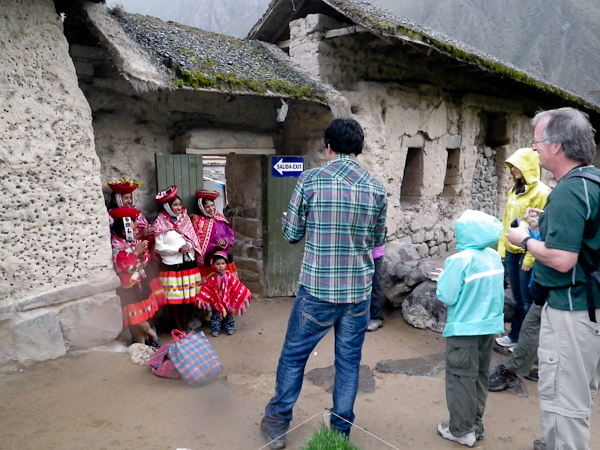
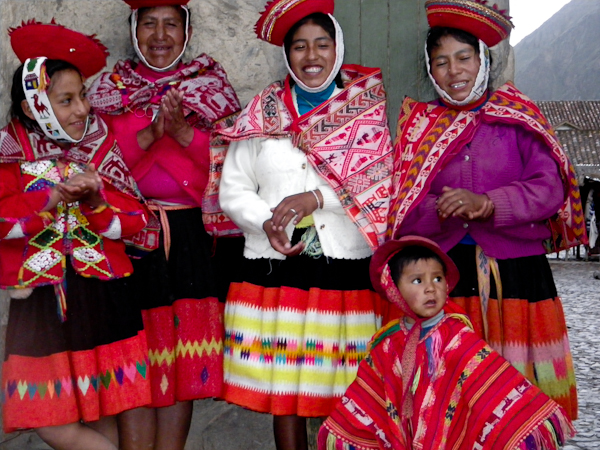
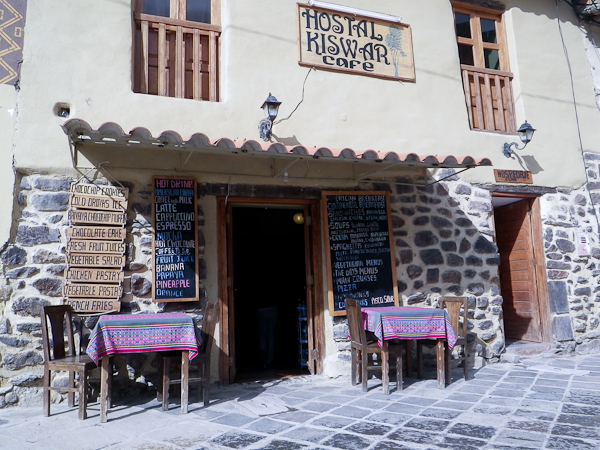
At 7 pm, we headed out for dinner of delicious pumpkin cream soup and various pizzas.


